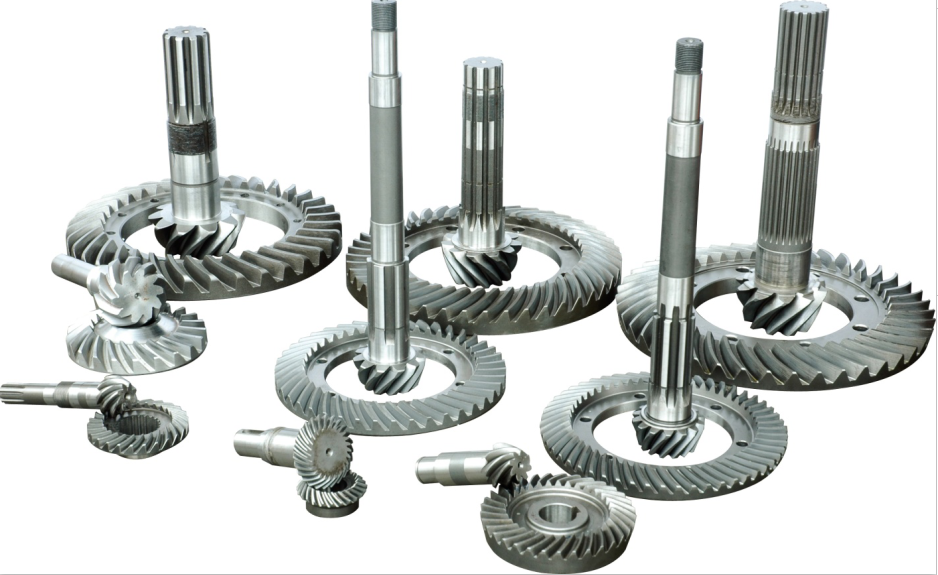
Proper lubrication is critical for ensuring the longevity and performance of worm gears. The lubricant serves multiple purposes, including reducing friction, preventing wear, dissipating heat, and protecting against corrosion. Here are some best practices for worm gear lubrication:
1. Select the Right Lubricant:
Choose a lubricant specifically formulated for worm gear applications. Worm gear lubricants are typically heavy-bodied, high-viscosity oils with additives to enhance extreme pressure (EP) and anti-wear properties. Consult the manufacturer’s recommendations or industry standards to determine the appropriate lubricant for your specific operating conditions.
2. Consider Viscosity and Operating Conditions:
Select a lubricant with the appropriate viscosity for the operating conditions of your worm gear system. Factors such as operating temperature, load, and speed influence the required viscosity. Consult viscosity-temperature charts provided by lubricant manufacturers to ensure the selected lubricant maintains its film thickness and performance within the operating temperature range.
3. Lubricant Application:
Ensure proper lubricant application to achieve optimal performance:
- Follow the manufacturer’s recommendations for the lubrication interval and quantity.
- Use oilers or lubrication systems that deliver the lubricant directly to the gear teeth and critical contact areas.
- If manual lubrication is required, distribute the lubricant evenly over the worm gear teeth, ensuring complete coverage.
4. Monitor Lubricant Condition:
Regularly monitor the condition of the lubricant to ensure its effectiveness:
- Perform periodic oil analysis to check for contaminants, wear debris, and signs of degradation.
- Monitor lubricant viscosity and compare it to the recommended values to identify any changes or degradation.
- Check for signs of oxidation, water contamination, or excessive debris in the lubricant.
5. Maintain Proper Lubricant Level:
Ensure that the lubricant level is maintained within the recommended range. Overfilling or underfilling can impact gear performance and lubrication effectiveness. Follow the manufacturer’s guidelines or industry standards for the appropriate lubricant level.
6. Cleanliness and Contamination Control:
Maintain a clean environment and minimize the introduction of contaminants into the lubricant system:
- Avoid mixing different lubricants, as it can lead to compatibility issues and reduced performance.
- Keep the lubricant reservoirs, fill ports, and breather vents clean and sealed properly to prevent dust, dirt, or moisture ingress.
- Regularly clean the external surfaces of the gear system to prevent debris from entering the gear mesh.
7. Regular Inspection and Maintenance:
Establish a regular inspection and maintenance schedule to ensure the ongoing effectiveness of the lubrication system:
- Inspect gear teeth, seals, and lubrication points for signs of wear, damage, or leaks.
- Monitor gear temperature during operation, as elevated temperatures may indicate insufficient lubrication or other issues.
- Address any abnormal operating conditions promptly to prevent further damage or wear.
By following these best practices, you can optimize the lubrication of your worm gear system, ensuring longevity, smooth operation, and reliable performance. Regular maintenance, proper lubricant selection, and adherence to recommended lubrication practices are essential for maximizing the benefits of lubrication and minimizing the risk of gear failure or reduced performance.
